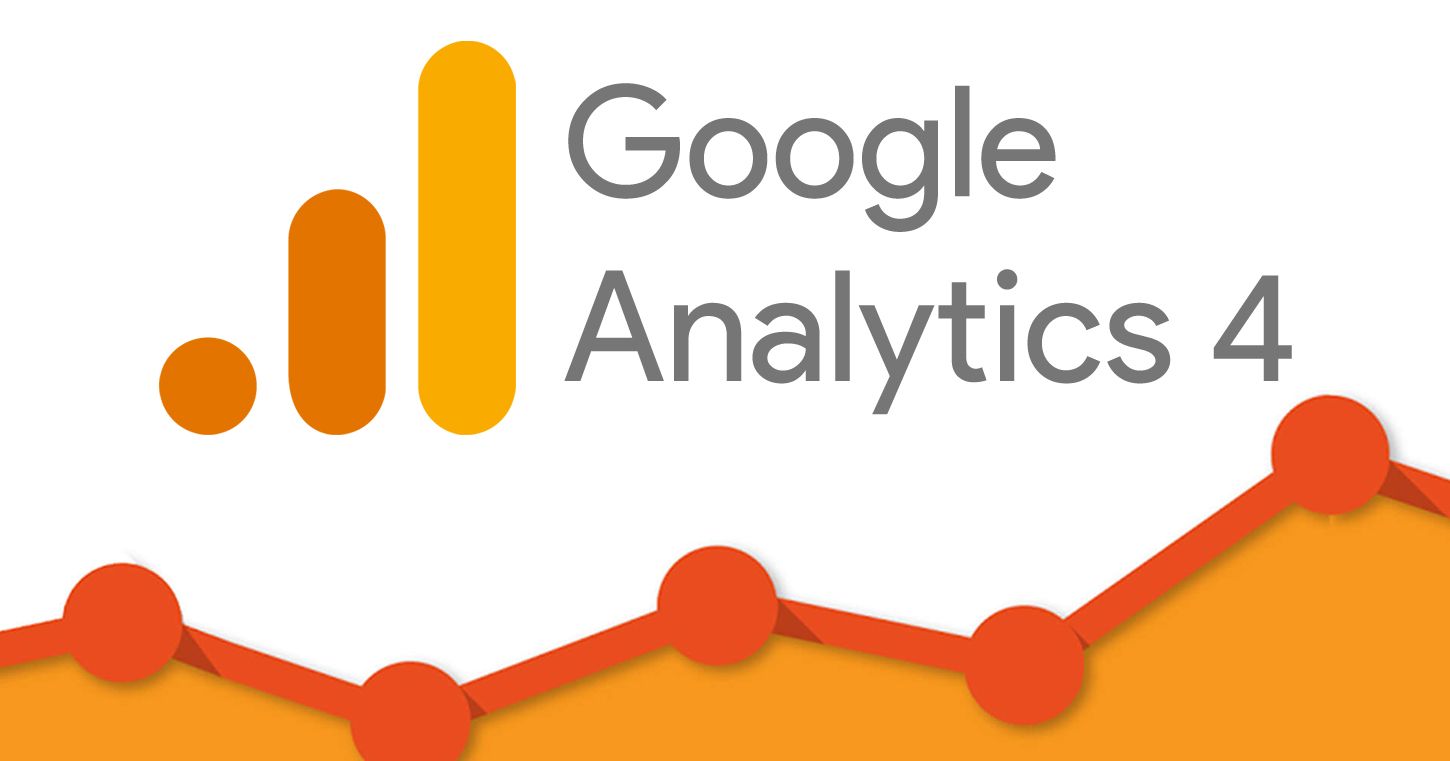EMAIL MARKETING
6 Email Marketing Metrics You Should Be Tracking

With so many digital marketing tactics at your disposal, you may be wondering if you still need email marketing. Despite what some people say, email marketing is not dead. In fact, it’s one of the most cost-effective ways to reach and engage your audience. According to Statista, the number of email users worldwide has grown to 3.8 billion and is expected to reach 4.3 billion by the year 2020.
In order to see the most results from your email marketing strategy, it’s important to define your goals and figure out which metrics you need to track. Below are six email marketing metrics we recommend paying attention to. Keep in mind, you may need to track other analytics as well depending on your goals.
Let’s dig in!
1. Clickthrough Rate
Your clickthrough rate, or CTR, refers to the number of email recipients who clicked on one or more links included in a single email. The reason why this metric is important is because it tells you how many people are engaging with your emails.
To improve your clickthrough rate, you’ll need to split test your emails and see what things lead to more engagement, such as a new button color or action word. Over time, you can continue improving your emails for the best performance.
To calculate your CTR, here is the formula to use: Total clicks ÷ number of delivered emails * 100. For example, 200 total clicks ÷ 5,000 delivered emails * 100 = 4% clickthrough rate.
- Conversion Rate
A conversion rate is the percentage of recipients who clicked on a link within your email and completed the desired action, such as downloading an ebook or purchasing a product. It’s an important metric because it tells you how effective your emails are at generating prospects and leads.
The key to getting a good conversion rate is having a compelling call to action closely related to your goal. So, if you want to increase leads, your call to action should entice recipients to download your ebook.
Here is a simple formula for calculating conversion rate: Number of people who completed the desired action ÷ number of total emails delivered * 100. An example: 300 people who completed the desired action ÷ 10,000 total emails delivered * 100 = 3% conversion rate.
- Bounce Rate
Your bounce rate tells you the percentage of total emails that could not be delivered to the recipient’s mailbox. There are two types of bounces you’ll need to track – hard bounces and soft bounces.
- Hard bounces come from having an invalid email address. The person may have given you the wrong email on accident, or they may have closed their account. Either way, your email will never make it there.
- Soft bounces occur from a temporary problem like a full inbox or server issue. Because this is a short-term issue, it could clear up in a couple of hours or days. Therefore, you can try to resend the email.
While you don’t need to spend too much time on your bounce rate, it does give you an indication as to how many people are receiving your emails. High bounce rates can make your company look like a spammer.
To calculate your bounce rate, follow this formula: Total number of bounced emails ÷ number of emails sent * 100. Example: 75 bounced emails ÷ 5,000 total emails sent * 100 = 1.5% bounce rate.
- Open Rate
An open rate tells you how many people are opening your emails. However, it can be deceiving because it only counts as an “open” if the recipient also received the images embedded in the message. Because many recipients have image blocking software on their devices, they could be opening your emails, but you’re not seeing it on your end.
Don’t get too hung up on your open rate because it can take your attention away from more important metrics. That said, you can use your open rate as a comparative metric. For example, if this week’s open rates are higher than last week’s, you may have some insight into why.
A good email open rate is between 15% and 25%. To determine this metric, you only need to look at the percentage of email recipients who open a given email.
- Unsubscribe Rate
Your unsubscribe rate is another easy metric to track, as it tells you the percentage of people who unsubscribe from your list after opening a given email. As with an open rate, your unsubscribe rate isn’t something to obsess over. You may have some people who are tired of receiving emails or are no longer interested in your services. This doesn’t mean your email list is unhealthy.
Nevertheless, it’s important to check this metric from time to time, as consistently high unsubscribe rates may indicate a problem with your communications. However, most people who are tired of receiving emails don’t go through the formal unsubscribe process. They simply stop opening and reading the emails.
- Email Sharing Rate
Your email sharing rate is actually very important because it’s one of the best ways to generate new contacts. However, many people don’t think to forward an email to their friends unless they are prompted to do so, so encourage your recipients to share your content. You can do this with a simple “forward to a friend” link or a social sharing button.
Here is the best way to calculate your email forwarding rate: Number of clicks on a share button ÷ number of total delivered emails * 100. As an example: 100 clicks on a share button ÷ 10,000 total delivered emails * 100 = 1% email sharing rate.
Your email marketing goals may be very different from another company’s, but these metrics will give you a good start when determining your campaigns’ performance. To learn more about creating effective campaigns for your audience, contact WSI Net Advantage today at 510-687-9737.
About the Author
Kevin Dean, President of WSI Net Advantage …
The Best Digital Marketing Insight and Advice
We are committed to protecting your privacy. For more info, please review our Privacy and Cookie Policies. You may unsubscribe at any time.
Don’t stop the learning now!
Here are some other blog posts you may be interested in.


